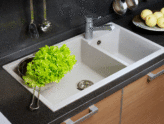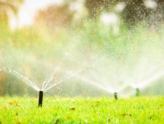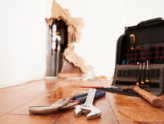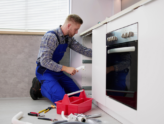Ever since the coronavirus pandemic started, washing your hands has developed into a rigorous routine. Any time you may have come into contact with bacteria, there’s a personal responsibility to clean your hands. Typically, you turn on the nearest faucet, expecting a strong burst of tap water. Instead, you might be greeted with measly drips and droplets, which signifies a low water pressure problem in your house.
Low water pressure is an annoying plumbing problem found in many homes. Your faucets may appear to be working partially since there’s some water, but the amount you get is barely serviceable. When there isn’t enough water pressure coming from your faucets, it becomes difficult to wash your hands thoroughly. You are more exposed to the threat of COVID-19, because your access to clean water has been impeded.
If you encounter low water pressure in your home, call an experienced plumber to fix the problem before it worsens. You can also try to troubleshoot the issue and find out why the water pressure is so weak. The following are seven common causes of low water pressure in a house:
1. Water Leaks

The low water pressure in a house is often caused by leakages, found somewhere within your plumbing system. Essentially, the faucets are giving you less water because it already escaped through a leak in your pipes. Sometimes, you can identify the more obvious leaks, from the puddles and wet spots on the floor. At other times, the small leaks are so discreet, making them difficult to notice until the situation worsens.
If you notice the water pressure is especially weak, this can be the result of multiple leaks happening at once. However, even a small leak can cause a substantial impact in your plumbing system. Try your best to detect the leaky pipes, repairing or replacing the parts as necessary. You can ask a professional plumber to conduct an extensive inspection of all the pipes in your household.
2. Clogged Pipes
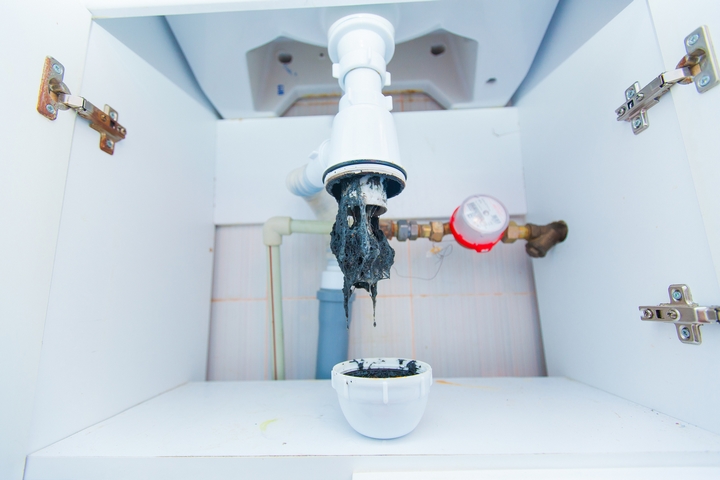
Clogged pipes may be another strong possibility for the low water pressure in a house. The clogs occur when debris and minerals build up within the pipes over time. As the residue accumulates, it becomes more difficult for water to pass through the pipe. Since the water flow has been obstructed, you may experience the impression of low water pressure in your house.
To restore the water pressure to regular levels, the pipes should be unclogged professionally. A skilled plumber can clean the pipes with care and expertise to ensure they are free of clogs.
3. Corroded Pipes
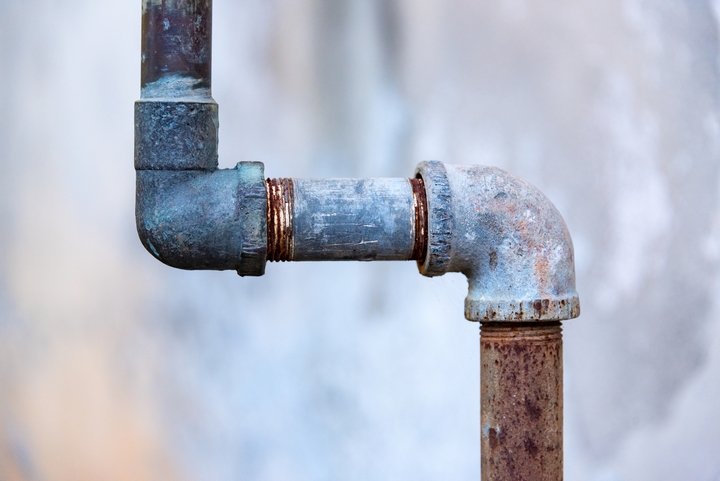
The pipes in your home are corroding slowly over time. Certain types of pipes, such as galvanized steel pipes, are quicker to succumb to corrosion. Similar to clogs, this gradual deterioration can restrict the flow of water inside the pipes. You’ll find corroded pipes most commonly in older homes, where the plumbing systems have gone through many years without maintenance. Corroded pipes will need to be replaced.
4. Broken Pressure Regulator
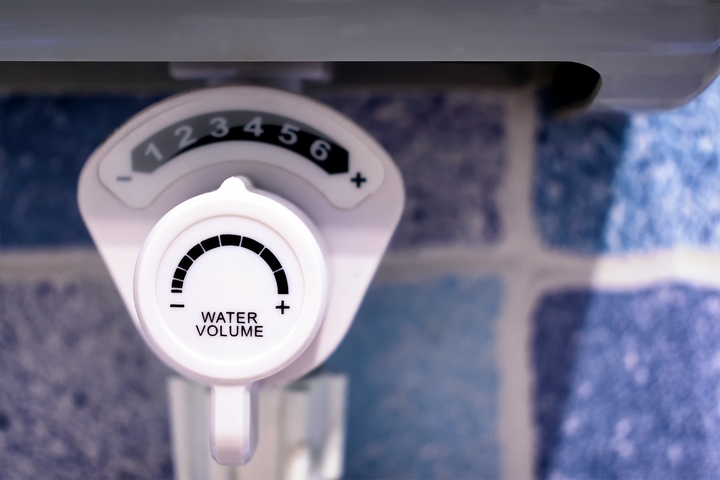
The pressure regulator is an instrument used to control the levels of water pressure within your plumbing system. The regulator ensures the water flow isn’t overexerted in your pipes. When this equipment is faulty, it may cause a significant reduction in the water pressure throughout your house.
If you suspect the pressure regulator is at fault, test its potency with a water pressure gauge. A broken regulator will need to be replaced. You can also call a professional plumber to have this device thoroughly diagnosed.
5. Water Valve Problems
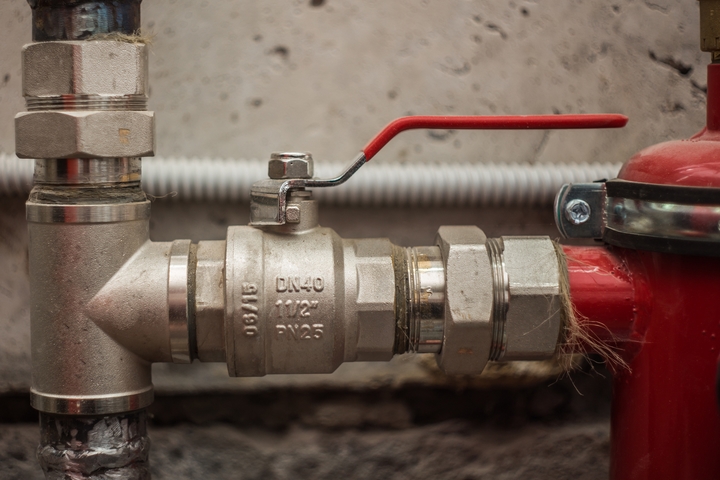
There are valves that regulate the flow of water across your house. When the valves aren’t fully open, the supply of water becomes limited. As a result, this causes a significant reduction in the water pressure. Most problems with the water valves occur after a recent maintenance task. The valves may have been closed to perform the maintenance work, but then they didn’t get turned on properly afterwards.
6. Poorly Maintained Fixtures
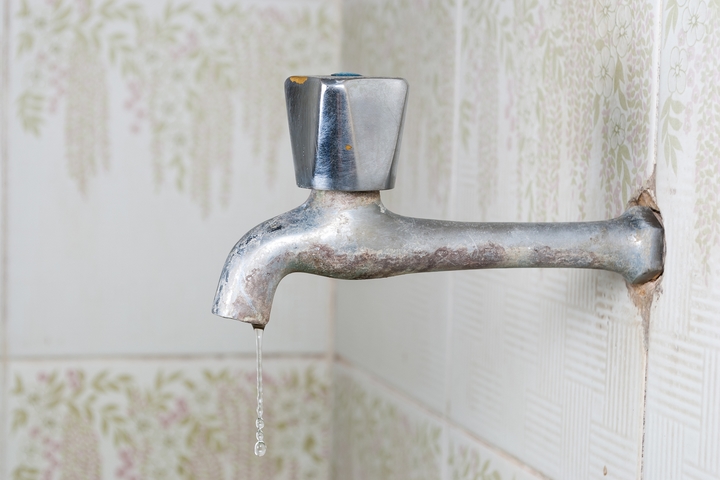
Do you notice low water pressure happening across all your plumbing systems? If some faucets or shower heads are working normally, then the problem might be isolated to poor maintenance with a specific fixture. Over time, your plumbing fixtures will become dirty, rusty, and old. This natural deterioration will impede the circulation of water, which causes lower water pressure as a result.
Fortunately, plumbing fixtures can be easily cleaned, maintained, or replaced. A new faucet or shower head should be able to restore the water pressure back to normal levels.
7. Increased Demand for Water
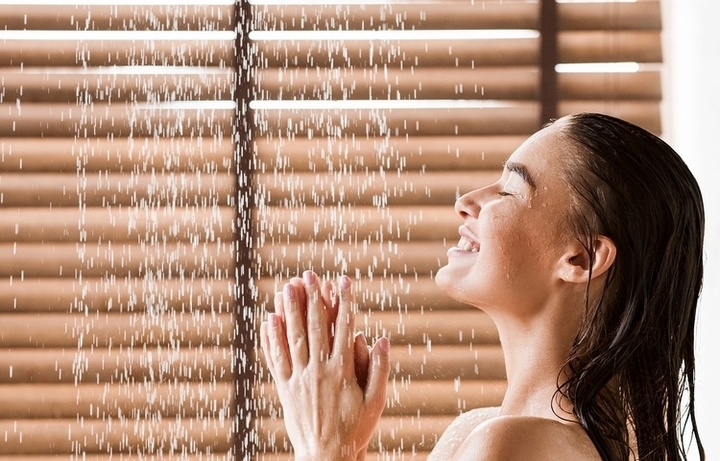
The restrictions imposed by the coronavirus pandemic have forced most people to stay at home. This means your neighbours could be taking showers, washing dishes, and flushing toilets more frequently. Since there is a higher demand for water usage, the congestion of shared pipelines may interfere with your home’s water pressure.
If everyone follows a similar schedule, there will be spikes in water usage during peak hours. The water supplier may not have enough capacity to accommodate everybody’s demands at once. As a result, you may have lower water pressure for that period of time. This is usually the problem if you notice low water pressure during certain intervals of the day, but then it returns to normal in less busy hours.



